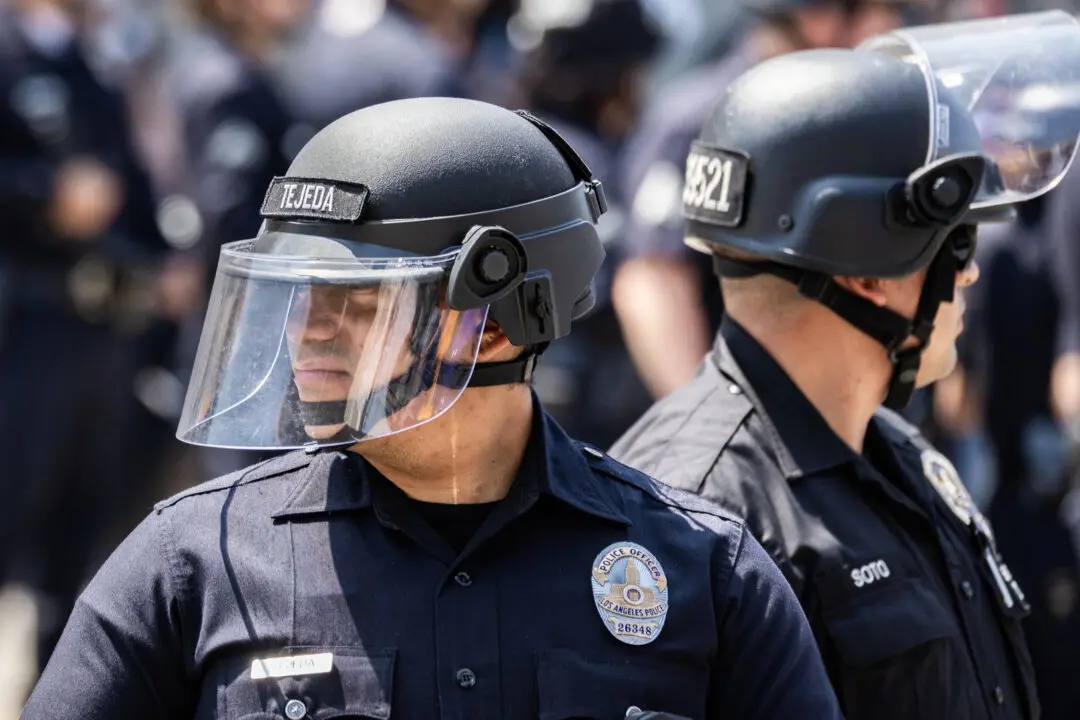SAN DIEGO—The size of a honey bee colony will impact how the colony makes potentially risky life-or-death decisions in the face of changing conditions, according to findings published Nov. 10 by researchers from the University of California–San Diego’s (UCSD) Division of Biological Sciences and Institute for Neural Computation.
Working at a UCSD apiary, the researchers—including one from the Westphalian University of Applied Sciences in Germany—collected data over several years on the behaviors of individuals in small and large honey bee colonies.





